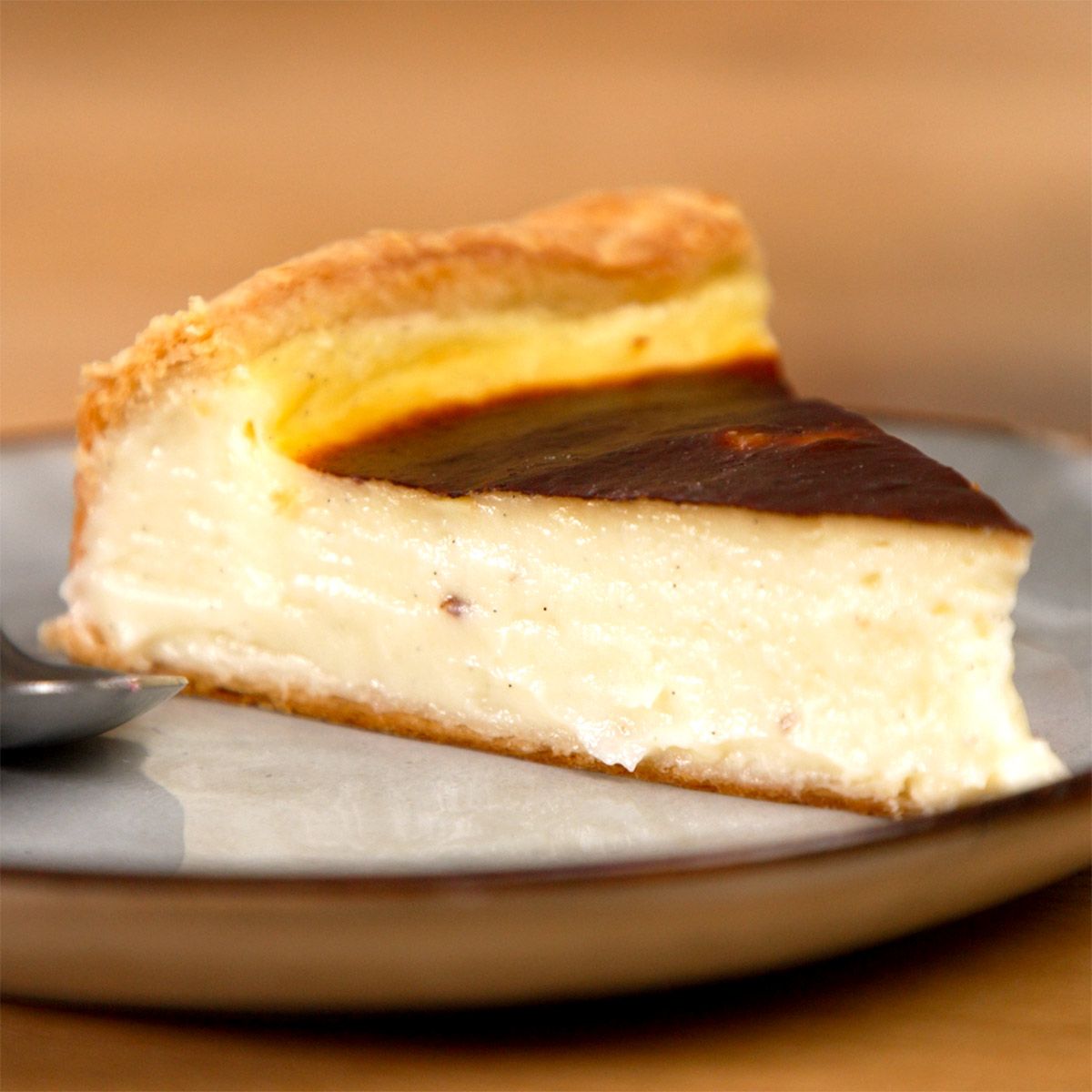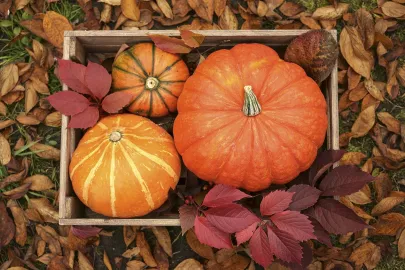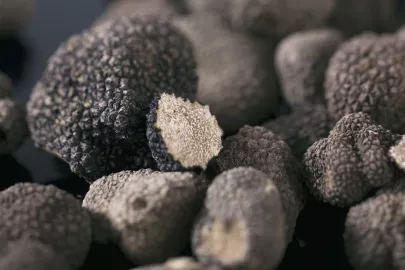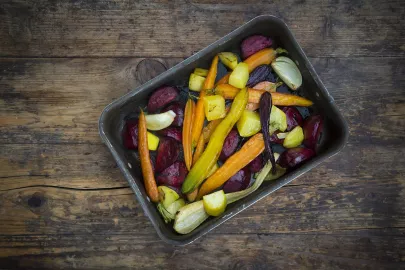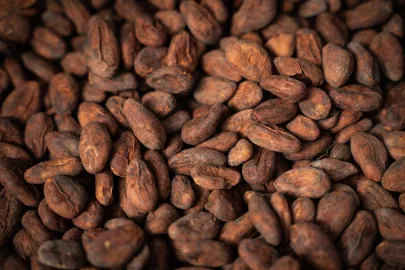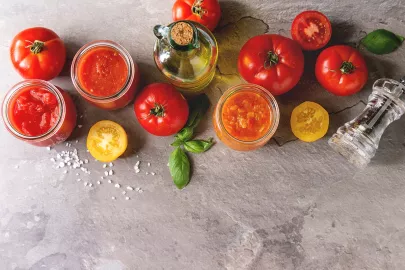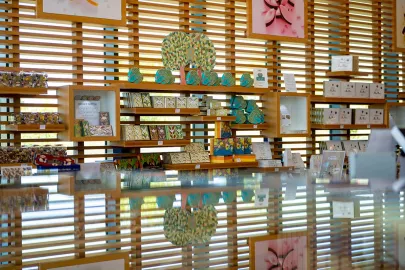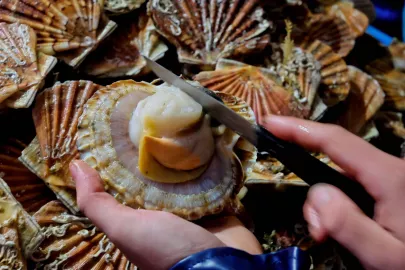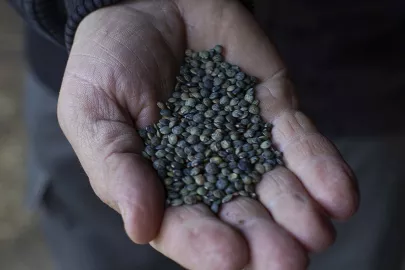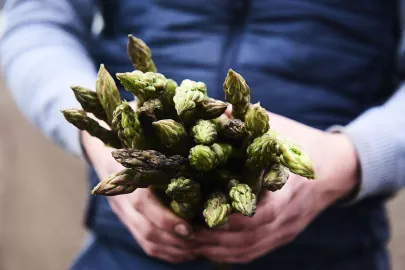These days, dessert hounds and chefs the world over go mad for its silky vanilla filling encased in crispy pastry. Yet this has not always been so… Let’s take a closer look at the French custard tart, just to whet your appetite.
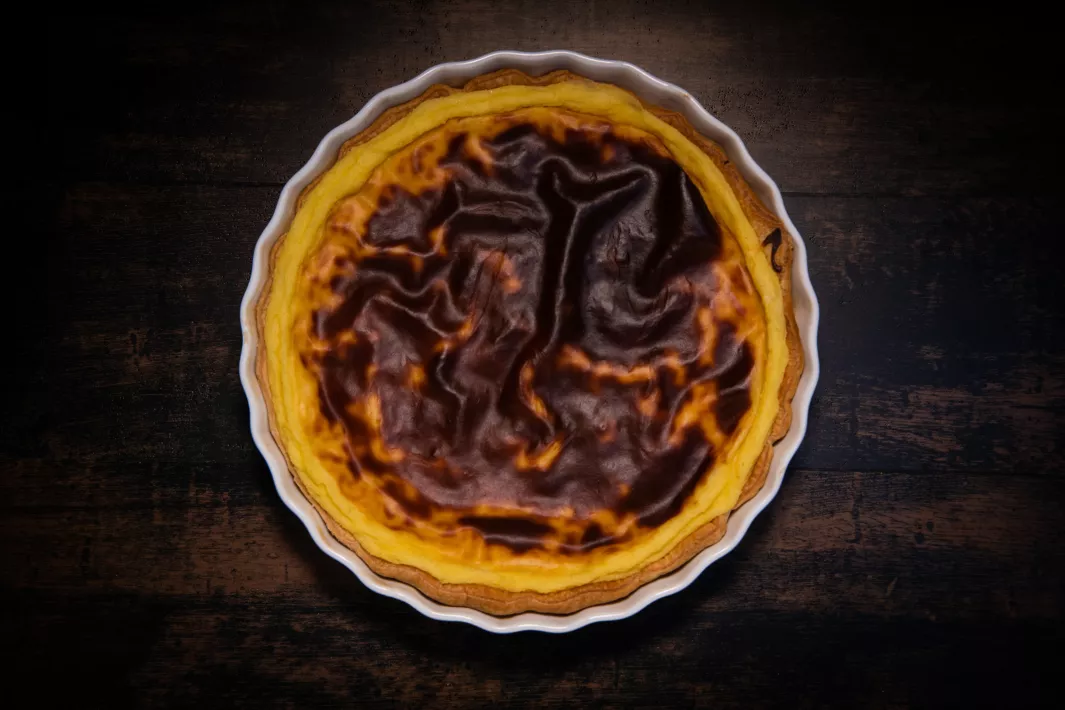
An uncertain history
As is often the case with legendary recipes, separating fact from fiction is difficult. Theories clash as to the origins of the French custard tart or flan – the most madcap being that it comes from Flanders, given the terms’ similar roots. Other, more serious, ideas attribute its paternity to the… British, who invented a custard tart in the Middle Ages. Yet recipes for flaon were also appearing in France at the end of the XII century (see recipe). So the truth is not just elsewhere, but more or less everywhere. The European courts all enjoyed this type of tart, generally garnished with an eggy preparation that often included – wait for it! – eel. Because back then the dish was not necessarily sweet. In the XVII and XVIII centuries, it was even regularly associated with soft and dry cheeses. The sole certitude is that, in France, it was only after the war that it took on its current name and form. Well... in a manner of speaking, because no sooner was the French custard tart accepted than it fell out of favour... Until the return of traditions thrust it back under the spotlight.
Recipes galore
From the local baker to the luxury hotel chef, and from the knowledgeable amateur to Taste France Magazine (lien vers la recette TFM), we all have our own way of making French custard tart. Imposing in height for Japanese pâtisserie Mori Yoshida. Very creamy for Tapisserie, the pâtisserie of the Michelin-starred restaurant Septime. With pastry that is flaky rather than shortcrust for media personality Cyril Lignac; and even sweet, using brown sugar, for self-taught Ju Chamalo, with his Instagram account that is all about the flan. Not to mention the variants: with the addition of Tonka bean; marbled with chocolate or black sesame; on a macadamia nut or buckwheat praline base; or coated with dulce de leche for Maxime Frédéric at Cheval Blanc Paris… And then there are the regional specialities! In no particular order, so as not to cause offence: the far breton, with prunes; the fion vendéen, as thick as it is high; the flognarde, in Auvergne, with apple; the flan coco, in the French West Indies…
Custard tarts from other lands
This famous dessert has been on the move for a very long time – to the point of constituting a veritable slice of national heritage in various places. For example, Portugal, whose pastéis de nata takes pride of place among the country’s star desserts. A trembling egg cream, oven-cooked on crisp flaky pastry, enjoyed warm with a sprinkling of cinnamon. Same passion across the Channel where custard tart was served for the coronation of Henry IV of England in 1399, and for the 80th birthday of Queen Elizabeth II. China also has its own recipe, dan ta, literally 'egg tart'. So there is no doubt that this preparation has forged its own path. One that we will avidly follow…
Medieval recipe for almond milk flan*
‘Take the desired quantity of almonds for the number of flans you wish to make. Blanch, wash and grind them well. Add clean water, and strain the almond milk into a clean bowl or cornue, depending on the number of flans you wish to make.
Then take amidon, wash in fresh water and place in a bowl. Take your almond milk and mix with the moistened amidon. Add a little saffron for colour. Strain into a bowl. Add a little salt and a generous amount of sugar.
When this is done, call your pastry-cook to make the crusts and put them in the oven to firm up. Then have the pastry-cook take a wooden or iron spoon attached to a stick to fill the flan crusts in the oven.'
*'Du fait de cuisine – Traité de gastronomie médiévale de Maître Chiquart', Florence Bouas and Frédéric Vivas, Actes Sud

